Motherhood, One Nap at a Time
Welcome to your digital village, where I share honest encouragement, researched baby tips, and the simple things that make the newborn days feel a little less overwhelming. Grab a cup of coffee (reheated is fine) and settle in—you’re doing a great job, mama.
Latest travel tips
Discover quick, practical insights to make every trip smoother, more fun, and a little more effortless. Whether you’re planning a weekend getaway or a long escape, these tips will help you travel smarter and enjoy the journey.
All travel tipsThe Lifestyle Starter Bundle
Get my free Lifestyle Starter Bundle and jump into a curated mix of easy routines, home tips, wellness ideas, and gentle inspiration.
Grab the guide now!What’s trending
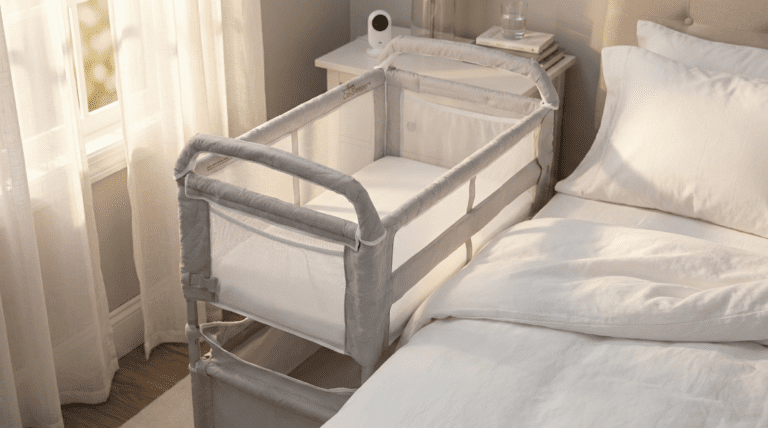 Bassinet
Bassinet
Arm’s Reach Clear-Vue Co-Sleeper Review: Is It The Safest Choice in 2026?
We all know the “2 AM Panic”—waking up and needing to instantly see if the baby is breathing without lifting your head. While other bassinets focus on cute aesthetics and tech gadgets, the Arm’s Reach Clear-Vue focuses on one thing: medical-grade safety. In this detailed Arm’s Reach Clear-Vue Review, we put its stability, 360-degree mesh visibility, and “high bed” compatibility to the test. Find out if this no-nonsense co-sleeper is the peace of mind you’ve been looking for.
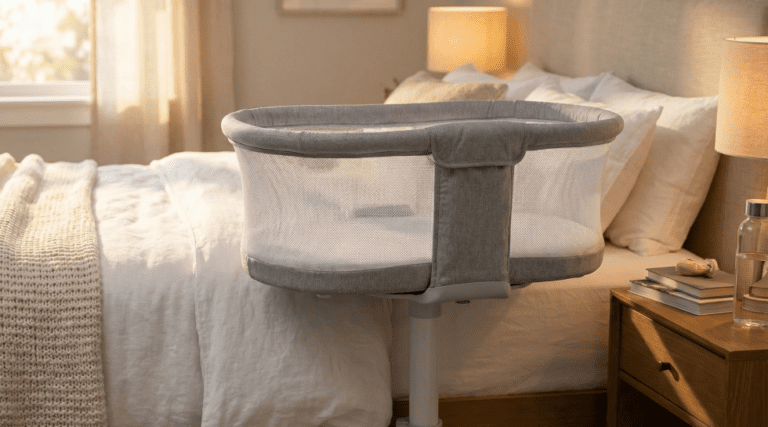 Bassinet
Bassinet
Halo BassiNest 3.0 Review: A C-Section Lifesaver?
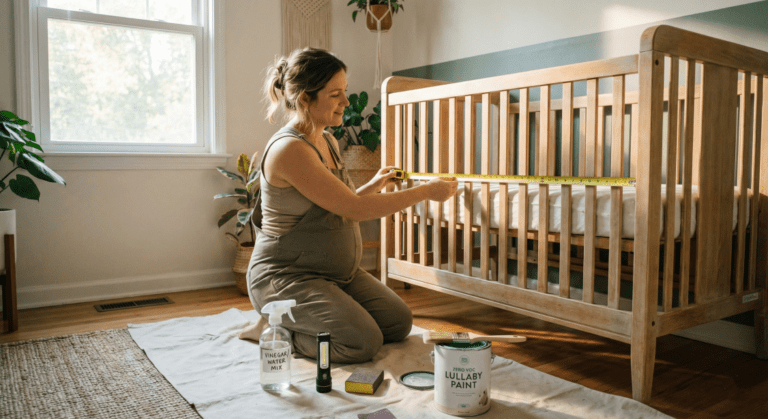 Crib
Crib
Buying a Used Crib? The Ultimate Safety, Inspection, and Restoration Guide
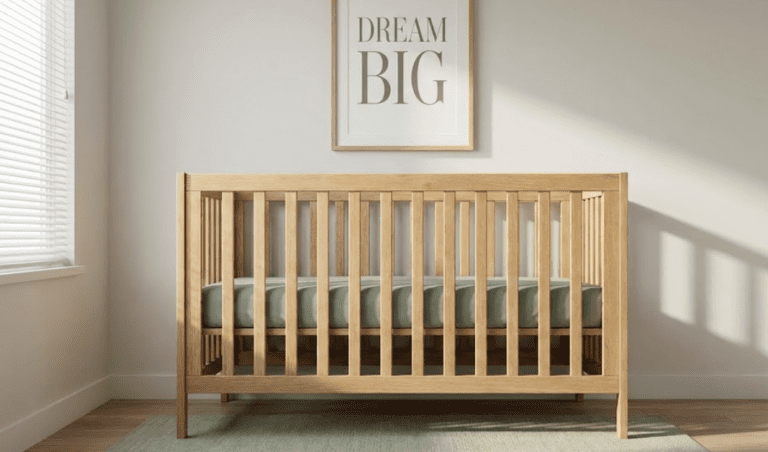 Crib
Crib
Crib Safety Standards 101: Slat Gaps, Drop-Sides, and Recall Checks
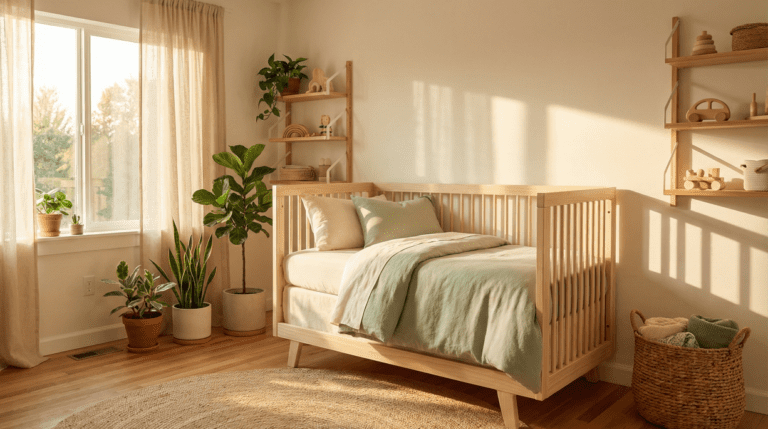 Crib
Crib
The 10 Best Non-Toxic & Greenguard Gold Certified Cribs for Eco-Conscious Moms (2026)
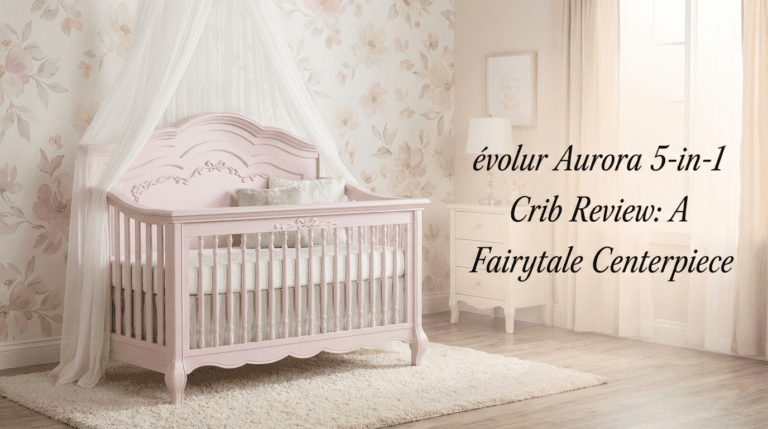 Crib
Crib
évolur Aurora 5-in-1 Crib Review: A Fairytale Centerpiece or Just Hype? (2026)
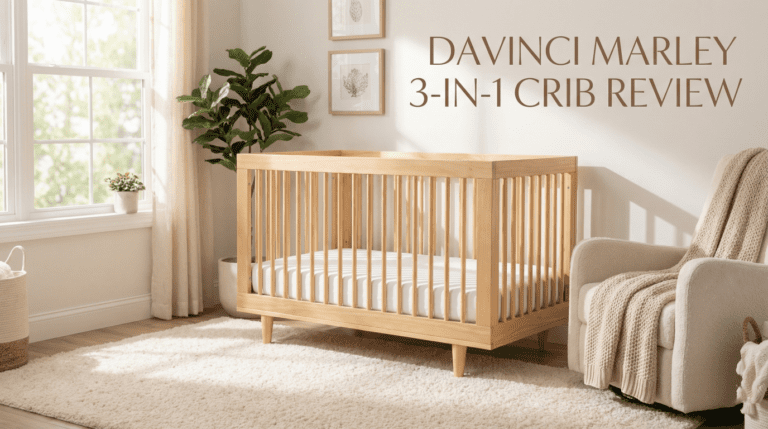 Crib
Crib
Davinci Marley 3-in-1 Crib Review: A Modern Must-Have or Just Hype?
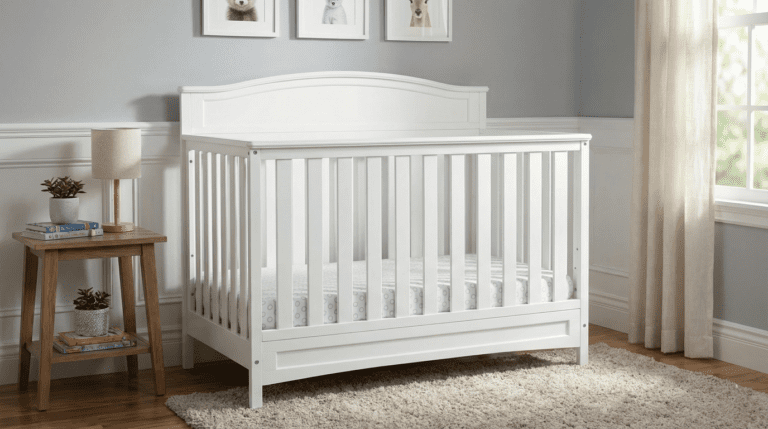 Crib
Crib
Delta Children Emery 4-in-1 Crib Review: The Honest Verdict for 2026
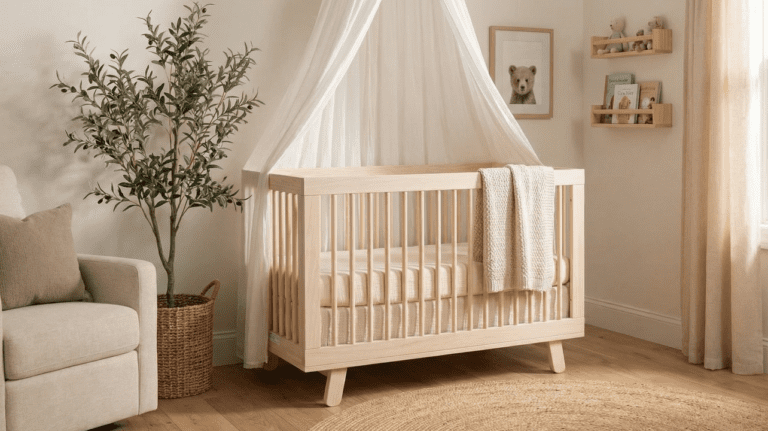 Crib
Crib





